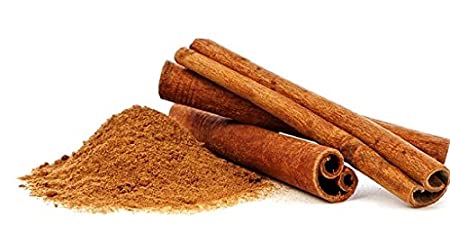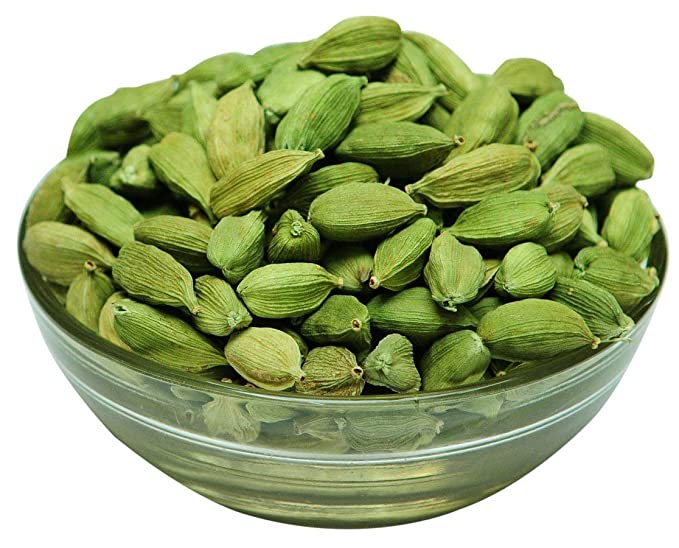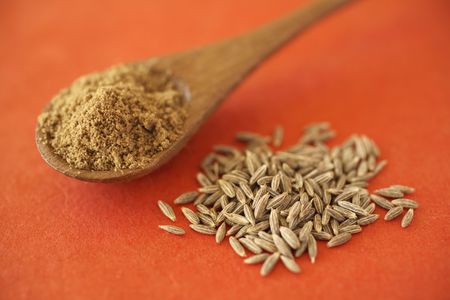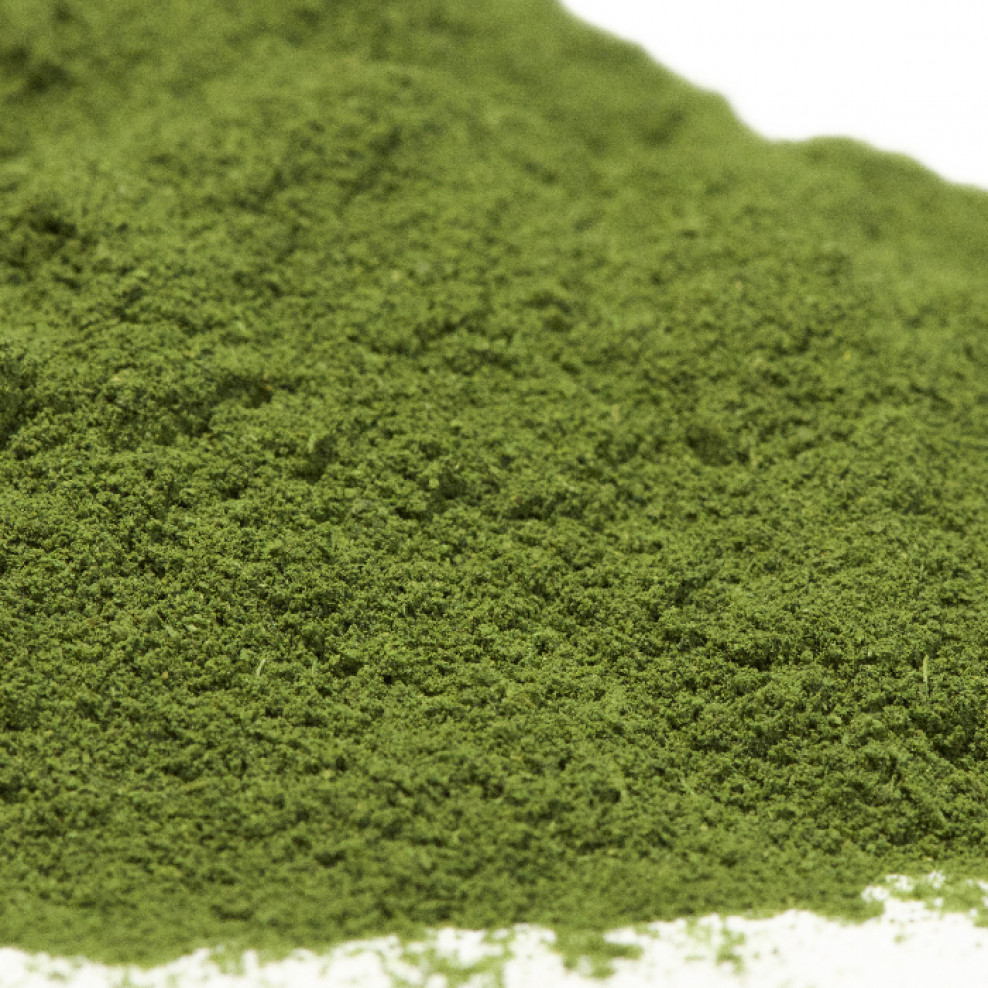Think of any dish you have tasted and chances are the foremost thing you recollect is its aroma. The nose-stinging smell of haldi wrapped around aloo dum, the smooth flavour of ginger tying together the medley of other spices in a cuppa of masala tea, cinnamon-cardamom-cloves clinging to a serving of your favorite Chaanp or Rezala, fennel blowing through urad dal, roasted cumin(jeera) powder dusting the chole-rajma ki sabzi (kidney beans or chickpea curry).
Indian cuisine is all about spices. And spices, science says, are all brilliant in the benefits it provides to our health. Here is a list of five spices constantly appearing on the Indian Dining Table and what they to bring to the table(literally), in terms of health benefits.
1. CINNAMON
A member of the holy trinity that makes up the revered garam masala, cinnamon can be added to both savoury and sweet dishes (Cinnamon Roll fans agree).

Hailed for its capability to lower blood sugar, it cuts the quantity of glucose that enters the bloodstream after a meal by meddling with numerous digestive enzymes, ensuring that the carbohydrates break down gradually in the digestive tract.
A compound in cinnamon mimics’ insulin — the enzyme that controls blood sugar — improving glucose uptake by cells. Many studies published in peer-reviewed scientific journals have revealed that this spice can lower fasting blood sugar levels by 10 to 29 per cent.
To get the all-out benefit, you are to essentially take at least half a teaspoon of cinnamon powder a day. If you like brewed coffee or tea just add cinnamon to your daily dose. Dalchini is also said to be beneficial for the brain.
Studies of patients diagnosed with Alzheimer’s and Parkinson’s disease — both neurodegenerative illnesses of the dementia family — have found a marked improvement in brain function with regular consumption of cinnamon.
Preliminary studies also show that cinnamon, or at least one of its components, is toxic to tumours. There are two kinds of cinnamon — Ceylon and Cassia. Cassia is the cheaper variety that is used widely in India. This type, however, contains a chemical called coumarin that is believed to be detrimental in large amounts.
2. CARDAMOM
Used in both savoury and sweet dishes, also forming the pivotal flavours base in many beverages, this spice is common as a digestive and mouth freshener.

Research confirms that it has the capability to fight four types of bacteria that could cause cavities. But possibly its supreme benefit is its capacity to heal stomach ulcers. Initial research has found that cardamom can avert as well as diminish ulcers by at least 50 per cent. That may have something to do with the fact that it has an antibacterial effect, specifically against Helicobacter pylori, which can be blamed for most stomach ulcers.
Research shows that cardamom has compounds that ward off several common strains of bacteria, including E. coli, salmonella and staphylococcus that cause food poisoning and stomach-inflammation causing campylobacter. The lesser-known benefit of cardamom or elaichi is it may help increase airflow to lungs and advance breathing.
One study asked a group of participants to inhale cardamom essential oil for one minute before walking on a treadmill for 15-minute intervals. This group had a significantly higher oxygen uptake compared to the control group. Another way that this spice improves breathing is by relaxing your airway. This may be particularly helpful for asthma patients.
3. CUMIN
Cumin is a historical spice that comes from a plant of the same name, native to parts of the Mediterranean, the Middle East and India, which is from the family Apiaceae, the family of carrot and parsley.
A spice used to season curries in both kernel and powder form, cumin is also one of the richest sources of iron. It is so iron-dense that one teaspoon of the spice provides nearly 20 per cent of the daily iron requirement of an adult.
A lack of iron in the diet leads to anaemia. It has been found to reduce symptoms of irritable bowel syndrome (IBS). Cumin is rich in flavonoids and other antioxidants that remove free radicals from the body, preventing clogged arteries, diabetes and cancer.
A recent paper in the International Journal of Seed Spices by researchers from India found that jeera is kidney-friendly, lowering excretion of urea and creatinine in diabetic patients. Modern research has also found that cumin increases the activity of digestive enzymes and release of bile from the liver, aiding and speeding up digestion.

And its been around for long, Cumin was used in mummification processes in Ancient Egypt, and in the Middle Ages, cumin was used to symbolise love and faithfulness.
4. Coriander (Cilantro)
Just like cumin, coriander seeds to possess a lot of antioxidants though coriander leaves or dhania patta is even better in that respect.

Many people use coriander in dishes like soups and salsas, as well as Indian, Middle Eastern, and Asian meals like curries and masalas. Coriander leaves are often used whole, whereas the seeds are used dried or ground.
Research has shown that coriander has the ability to lower blood sugar by stimulating insulin secretion as well as absorption of glucose by cells. Dhania is heart-friendly as studies have shown that it is effective in reducing cholesterol level in blood as well as deposition of cholesterol along inner walls of arteries, preventing blocked arteries and, therefore, heart attacks.
Certain components of coriander are also beneficial to those suffering from arthritis, bringing down swelling and inflammation. The spice can also prevent bloating, helping excrete extra water from the body. Coriander is full of antioxidants that demonstrate immune-boosting, anticancer, anti-inflammatory, and neuroprotective effects.
5. CHILLY
Green chillies are rich in vitamins (primarily Vitamin C) and minerals. Lutein, also found in green chillies, is good for your eyes. The main component of chillies is capsaicin, which is responsible for the heat. It is popular as a painkiller. Capsaicin is also known to slow down and destroy cancer cells.

There is also evidence that the chemical can reduce appetite and kick up metabolic rate, helping lose weight. A small study also found that people who regularly consume green chillies are likely to eat fewer calories at meals than those who do not.
Capsaicin in green chillies has a stimulating effect on the mucus membranes of the nose and sinuses. Capsaicin stimulates blood flow through the membranes and causes mucus secretion to become thinner. When eaten, green chillies release endorphins that boost the mood and reduces pain.
Also Read: 5 Indian kitchen secrets that has wooed the Western world
















